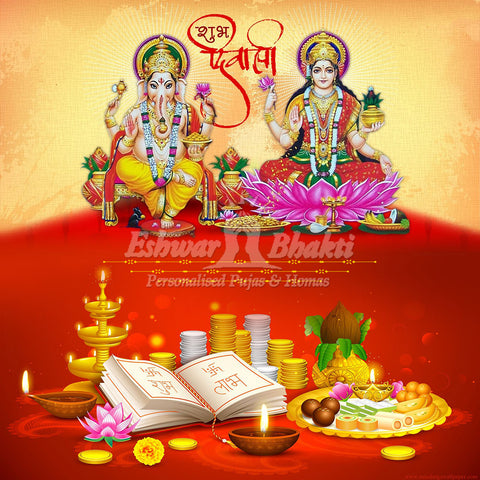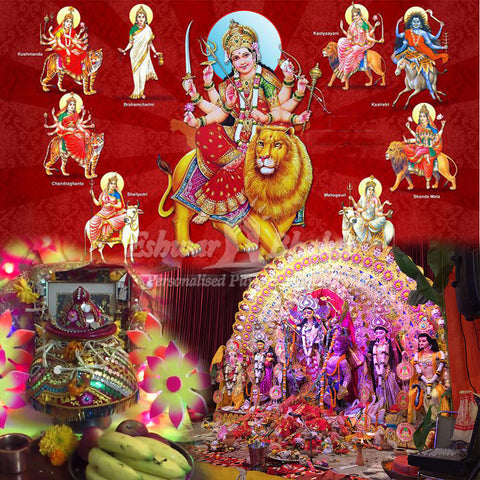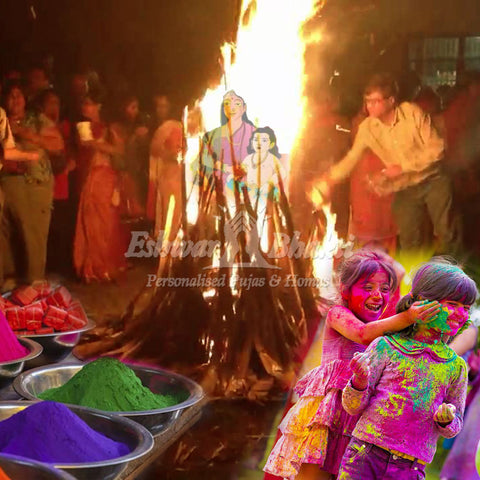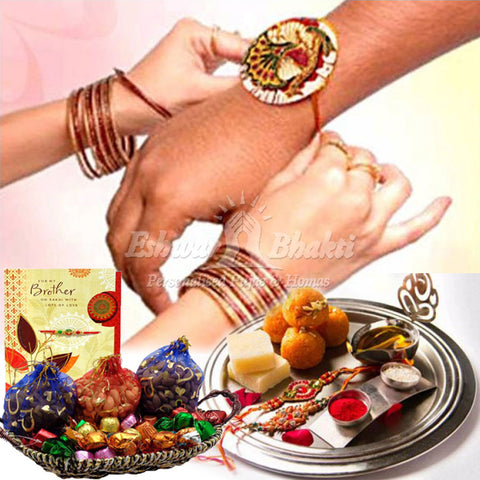Why do we make Rangoli?
 The word Rangoli comes from the Sanskrit root word, Rang, which means color. It is an art form in which devotees draw patterns on the floor using colored rice, sand, or Quartz. We can make the base with powdered rice or dry flour mixed with Sindoor, Turmeric, or red brick powder. In Indian households, most of us draw Rangoli during special occasions like Diwali, Pongal, Sankranti, and Onam. It depends on the culture and tradition of a region as well. During festivals like Onam, people use flowers instead of colors to make Rangolis.
The word Rangoli comes from the Sanskrit root word, Rang, which means color. It is an art form in which devotees draw patterns on the floor using colored rice, sand, or Quartz. We can make the base with powdered rice or dry flour mixed with Sindoor, Turmeric, or red brick powder. In Indian households, most of us draw Rangoli during special occasions like Diwali, Pongal, Sankranti, and Onam. It depends on the culture and tradition of a region as well. During festivals like Onam, people use flowers instead of colors to make Rangolis.
In different parts of India, Rangoli has various names. In Tamil Nadu, it is Kolam, and in Kerala, it is Pukulam. In Odisha, it is Jhoti, and in Andra Pradesh as well as Telangana, it is Mugu. Devotees draw a rangoli in the entrance of their houses and also in temples. However, we make most of the Rangolis, nowadays, from artificial powders. They can have harmful effects on us and the environment. It is always better to make Rangolis in the morning with natural colors for gaining its positive benefits. You can draw different designs for a Rangoli. You can have symbols of lotus, leaves, birds, Diya, faces of deities, or different geometric shapes.
Legends: There are several stories associated with the origin of Rangoli. Here, we will look into some of the prominent representations in different ancient texts. As per Chitralakshana, the sage of Indian art, when the son of the King's priest died, there was much sorrow and grief in the palace. Brahman, the Universal God, appeared in front of them to soothe the bereaved family. He drew a small picture of the boy on the wall of the mansion. It was a representation of the boy coming back to his life. The story mentioned by Chitralakshana depicts the first perspective of Rangoli.
Another myth relates to Andaal, who worships Lord Thirumaal. She married him in the month of Margazhi. Based on the legend, unmarried young women wake up early in the morning to draw Rangoli. It is a way of welcoming Lord Thirumaal into their lives.
In Ramayana, there is a discussion on drawing Rangoli for Sita's wedding. Another instance in the same book is when Rama returns from Lanka after defeating Ravan. The people of Ayodhya lit lamps and drew Rangolis to welcome Rama and Sita. These are some of the few references to Rangoli in the scriptures. People draw Rangoli during Diwali as a sign of welcoming Goddess Lakshmi into their houses. When Goddess Lakshmi enters our home, she brings prosperity, wealth, and happiness with her.
As per the belief system, people made the first Rangoli during the Indus Valley Civilization. Others state that Rangoli was first drawn in Maharashtra (a state in India).
Significance of drawing Rangoli at festivals: There is a plethora of significance associated with drawing Rangolis. It has different religious, spiritual, and scientific benefits. Most of the families inherit the designs from the ancestors from one generation to another. It is a way of preserving the bonds in their families. There are different ways of drawing a Rangoli based on the local culture and tradition of a region. Some of the most common designs include the symbol of leaves, lotuses, birds, Diyas, geometric shapes, and faces of deities like Lakshmi or Ganesha. Here, we will look into the religious and spiritual significance of drawing Rangolis.
1. As we draw Rangoli in the entrance of our house, it is a way of inviting the Gods and Goddesses into our residence. During religious festivals and ceremonies, it enhances the presence of positive vibrations in the place.
2. Different colors used in the Rangoli have various benefits. Orange, blue, red, yellow, and white are the most common colors we use to draw a Rangoli. The orange color signifies sacrifice. Blue stands for peace and happiness. Red represents the flow of positive energy. White signifies safety and purity. The yellow color symbolizes richness. These colors used in the Rangoli can enhance our connection with the divine entities.
3. Similar to the vibrations from sound, different colors also exhibit frequencies. As we make Rangolis with various colors, it helps in creating visual harmony. It also provides us with a calming effect. When we observe a Rangoli, we can ward off the tensions or stresses we have. The process of drawing a Rangoli can also perform the same function.
4. In the ancient days, people made Rangolis with powdered rice and dry flour. It is a way of feeding ants, birds, and other small living beings. It is the reason why people stress using natural colors and resources instead of artificial alternatives.
5. Most of the Rangolis have a complicated design. It is because the evil thoughts of the people get captured in the square. It helps in removing any form of negative energies from entering your house. It is highly beneficial during festivals like Diwali and auspicious ceremonies like marriages.
6. When we draw a Rangoli during a festival in our houses or temples, it can calm the minds of visitors who come there. It is a way of ensuring their happiness during the entire event.
7. People believe that a Rangoli can give strength, generosity and also bring good luck, especially, when we draw it in the entrance of our houses during festivals.
8. In most places, girls draw Rangolis in the early morning. However, men can also make Rangolis. In most parts of India, it has become a part of the tourism industry as well.
Drawing a Rangoli in front of your houses or temples during festivals or other occasions can ward off the evil forces. It is a way of inviting the Gods and Goddesses to your residence. It is also an inherent part of our tradition and culture.








